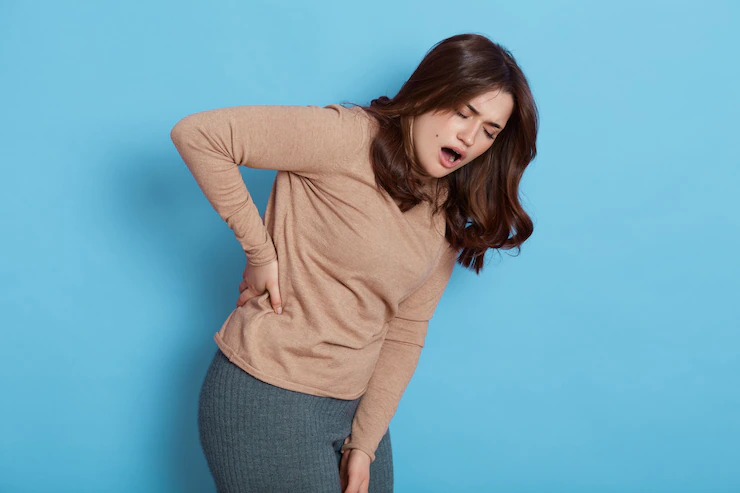Incontinence: Symptoms, Types, and Treatments
Urinary incontinence is uncontrolled leaking, which is often associated with old age. However, other factors may cause this, including lifestyle, other health problems, and medication. Moreover, other people are more at risk for this condition.
For example, women are more prone to this, and those who smoke, have a family history of urinary incontinence and are overweight. Some of the signs of urinary incontinence are the following:
- Frequent urination
- Waking up frequently at night to urinate
- Wetting the bed
- Uncontrolled urges to urinate
- Leaking when you sneeze, laugh, exercise, or cough
There are different types of urinary incontinence, such as:

Urge incontinence
It gives the urge to urinate suddenly, and it may be caused by health issues that can be minor or more serious. Examples of possible causes are diabetes and infection.
- Stress incontinence. When there is pressure on the bladder, involuntary leaks may happen. The pressure could be due to heavy lifting, exercising, coughing, and laughing.
- Functional incontinence. It’s leaking before you make it in the bathroom due to a medical or physical problem. For instance, if you have back pain and feel the urge to urinate, the back pain slows you down, so you may leak before you reach the toilet.
- Overflow incontinence. It is characterized by a constant, small amount of leaks due to the bladder not emptying. Incontinence products can help manage it, such as urine pads and bed mats. Men’s liberty external catheter is very effective and often chosen by men. They prevent you from wetting your pants or bed.
- Mixed incontinence. As the term suggests, it refers to urinary incontinence due to various causes, making it a mixture of the other types. For example, it can be a mix of urge and stress incontinence.
If you experience uncontrolled urination, and it’s negatively impacting your life, it will prevent you from doing your daily routine, or poses safety risks, consult a doctor for proper diagnosis and treatment.
The specialist can determine the underlying cause and the best way to manage it. There are various treatment options, which we listed below.
- Medication. Different medications are used to treat incontinence, like alpha-blockers, mirabegron, and trospium. They help relax the bladder and prevent uncontrolled urination. There are also topical oestrogens for women that come in cream, patch, or ring.
- Implant or surgery. Surgical procedures like bladder neck suspension, sling procedure, and sacral nerve stimulation treat OAB or overactive bladder. There are also implants injected into the patient that control urinary incontinence caused by weakness in the sphincter muscle.
- Therapy. Bladder habit training is a therapy in which urination is usually scheduled every hour, eventually making the interval longer. Some exercises aim to enhance bladder control and strengthen pelvic muscles.
- Lifestyle changes. Simple changes to your lifestyle can also help manage urinary incontinence better. Since excessive weight is a risk factor, maintain an average weight through exercise and a balanced diet. Avoid diuretics and foods or drinks that may irritate the bladder, like caffeine, alcohol, processed foods, and sugar.
Urinary incontinence is treatable. Do not be shy about reaching out for help if you suspect that you have this condition for proper diagnosis and treatment.
Read Also:
- Caring for Women’s Health at Home
- What You Need to Know About Growing Oral Health Concerns in New Hampshire
- What Is Inclusive Mental Health Care?



